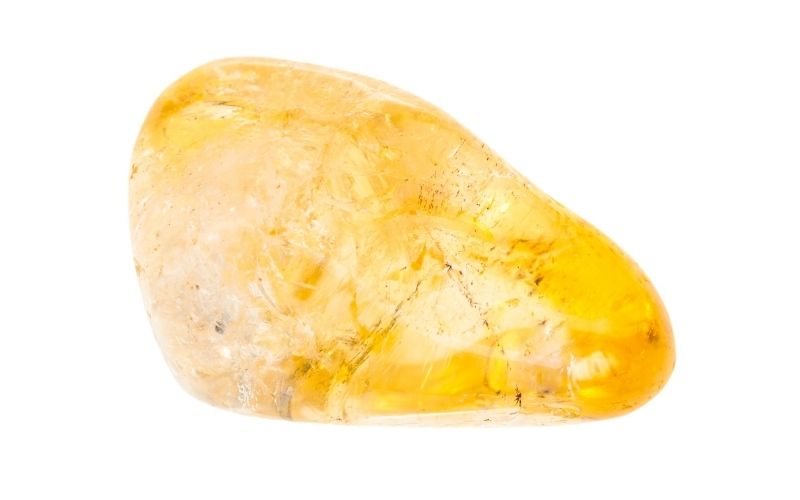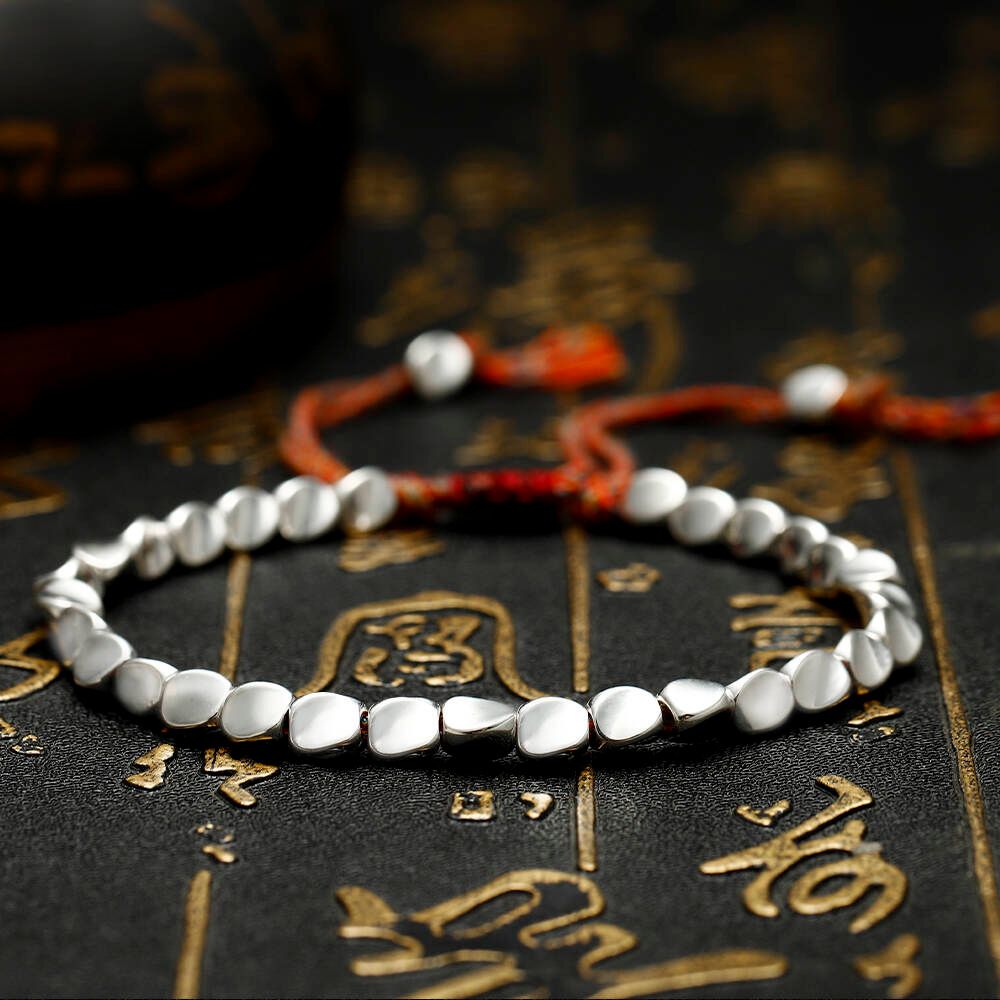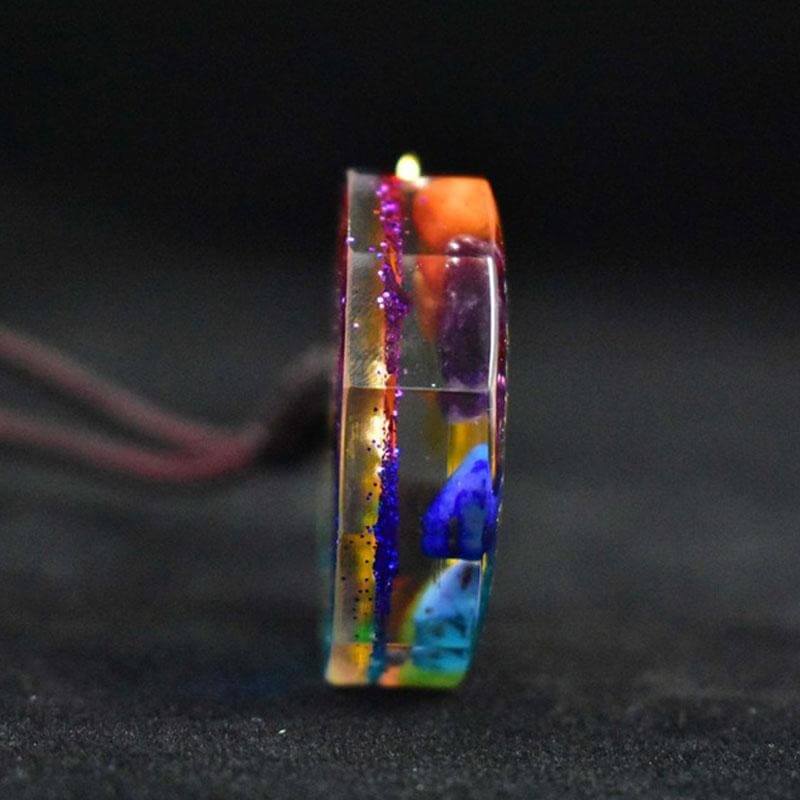Are you looking to buy a citrine bracelet?
If so, you may be wondering how to tell if citrine is real.
Unfortunately, there are many fake versions of this gemstone on the market today.
In this guide, we will discuss what real citrine looks like and how to spot a fake.
In This Article
What Does Real Citrine Look Like?
Real citrine is typically a light yellow or orange color. It may also have a brownish tint to it. The stone should be relatively clear and free of inclusions.
What Does Fake Citrine Look Like?
Fake citrine is often made from glass, plastic, or resin. It can be difficult to tell the difference between genuine and fake citrine, but there are a few things to look for.
How to Know If Citrine Is Real
First, check the color. Natural citrine is typically light yellow or orange, while fake citrine is often a bright yellow or gold color. The color is also consistent throughout the stone.
Second, examine the clarity. Hold the stone against the light. Real citrine should be relatively clear and free of inclusions, while fake citrine may have small bubbles or streaks.
Finally, feel the stone. Natural citrine is usually smooth to the touch, while fake citrine may be rough.
How to Spot Fake Citrine
First, check for splotchy dark color. Fake citrine is often made from amethyst that was baked to imitate the stone's color. This results in deep orange colors that turn drastically lighter in some parts of the crystal.
Second, look for inclusions. Imitations are often full of small bubbles or streaks, which genuine citrine crystals don’t have.
Finally, feel the stone. Fake citrine is usually rough to the touch.
Baked Amethyst vs Citrine
Baking amethyst is one of the common ways to fake citrine. Here, they subject amethyst to heat to change its color from purple to yellow.
However, this mostly results in raw “citrine” crystals that have a pure white base.
Common Glass vs Citrine
Glass can be made to look like citrine by adding yellow dyes. The glass is then cut and polished to resemble a real citrine.
The main difference is that glass is less durable than a genuine citrine stone. This means it's easier to chip or break.
Resin vs Citrine
Resin can also be used to fake citrine. In this case, the resin is molded into a shape that resembles a real citrine and then dyed orange.
You can tell if it's made of resin when you examine the stone's clarity. It may have visible bubbles or inclusions when held against the light.
Wrapping Up
If you are still unsure whether a citrine is real or fake, you can take it to a jeweler for inspection. They will be able to tell you if it is a real gemstone or not.
Hopefully, this article has helped you learn how to tell if citrine is real or fake. Now you can shop for citrines with confidence!














Leave a comment